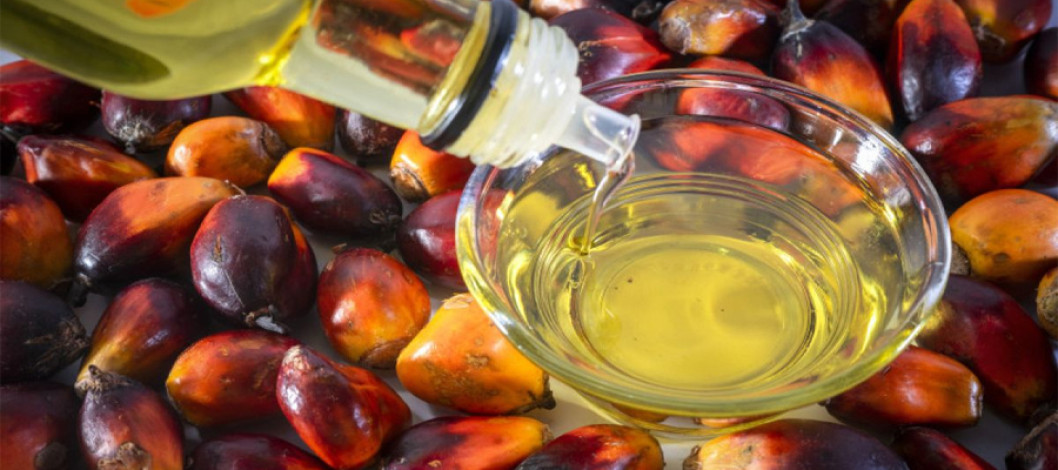
File Photo
The production of crude palm oil (CPO) in 2023 was projected to reach 50.07 million tons or an increase of 7.15% compared to that of 2022 at 46.73 million tons. The production of palm kernel oil (PKO) reached 4.77 million tons or an increase of 5.66% compared to that of 2022 at 4.52 million tons.
The production increase in 2023 was caused by a number of factors, which include the price of palm oil ahead of the end of 2021 and 2022 was relatively high had encouraged growers to improve their cultivation, including the use of fertilizer, and the increase of producing areas in 2023.
It is based on data from the agriculture ministry during 2017-2020 that Indonesia’s total oil palm plantations expanded by around 540,000 hectares, of which 260,000 hectares would start production in 2023. Another factor is the absence of El Nino impacts, which were predicted to hit the oil palm plantations, but apparently El Nino only impacted the southern part of Indonesia while the producing areas eluded the impacts.
Local consumption rose from 21.24 million tons in 2022 to 23.13 million tons in 2023, or an increase of 8.90%. The biodiesel program, which has been effectively implemented since July 2022, has raised palm oil consumption by 17.68% from around 9.048 million tons in 2022 to 10.65 million tons in 2023. With the implementation of B35, the consumption of biodiesel in 2023 surpassed the local consumption of foods.
The exports of CPO and PKO saw a decrease of 2.38% from 33.15 million tons in 2022 to 32.21 million tons in 2023. Meanwhile, exports of biodiesel and oleochemical increased by respectively 29,000 tons and 395,000 tons. A major decrease in exports was seen to the European Union (EU) by 11.6% from 4.13 million tons in 2022 to 3.70 million tons in 2023.
Conversely, exports to Africa rose by 33% from 3,183 thousand tons to 4,232 thousand tons, to China rose by 23% from 6,280 thousand tons to 7,736 thousand tons, to India rose by 8% from 5,536 thousand tons to 5,966 thousand tons and to the USA rose by 10% from 2,276 thousand tons to 2,512 thousand tons.
The average prices of palm oil during 2023 compared to that of 2022 in the Ciff Rotterdam market decreased by 28.7%, as the average prices in 2023 reached US$964/ton or much lower than that of the previous year at US$1,352/ton, causing a significant decrease of export value of palm oil from US$ 39.07 billion in 2022 to US$ 30.32 billion in 2023. With the initial stock in 2023 at 3.69 million tons, Indonesia’s final stock of CPO and PKO in 2023 is projected to reach 3.14 million tons.
Palm Oil Industry Prospects in 2024
The Indonesian palm oil industry will still be dealing with a variety of challenges in 2024. From the perspective of global economy, uncertainties will be still haunting the world’s economic growth, especially those of developed countries.
The USA is still impacted by higher inflation than expected, China as one of the world’s largest palm oil consumers is facing a weakening economy after the outbreak of the COVID-19 pandemic, and so is Europe as a result of rising fiscal deficit and high inflation.
Meanwhile, global geopolitical tension is escalating. While the tension in the Black Sea as a result of the Russia – Ukraine war is not yet receding, the world has to deal with the rising tension in the Middle East as a result of the Israel – Palestine war. The tension is predicted to bring negative impacts to the supply of commodities as the Red Sea is part of the global strategic trade routes.
We project that the palm oil industry in 2024 will see the following tendencies:
* Local consumption is estimated to rise continually, especially for foods, oleochemical, and biodiesel with the implementation of biodiesel (B35) during the whole year (Fully Implemented).
* The prices of global vegetable oils, including palm oil, will not see much change compared to 2023.
* Production is projected to stay stagnant.
* Export volume is projected to decrease, especially because of the increase in local consumption.
To ensure the increase of production and fulfillment of local needs and exports of palm oil, the following efforts should be pursued:
* Solving the problems of oil palm plantations identified as encroaching forest areas. GAPKI proposes that oil palm plantation owners who already own legal rights, such as ownership rights and cultivation rights should be actually excluded from such forest identification. The solution based on article 110B (omnibus law) should not result in a significant decrease in plantation areas that could cause a decrease in palm oil production.
* Ensuring that the replanting program can be implemented as planned (target of 180,000 ha/year). All problems should be resolved.
* Solving the problem of overlapping regulations soon, especially on the regulation of FPKM 20% (development of plantations for local people), which had resulted in chaos in the field.
* For the long term, it should be considered to develop dedicated areas for energy in degraded areas, so that the palm oil's need for energy will not affect the need for food, other local industries, and exports.
Source: Online/GFMM
Comment Now